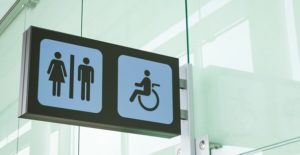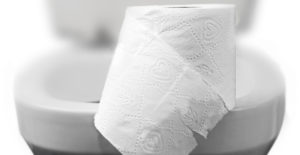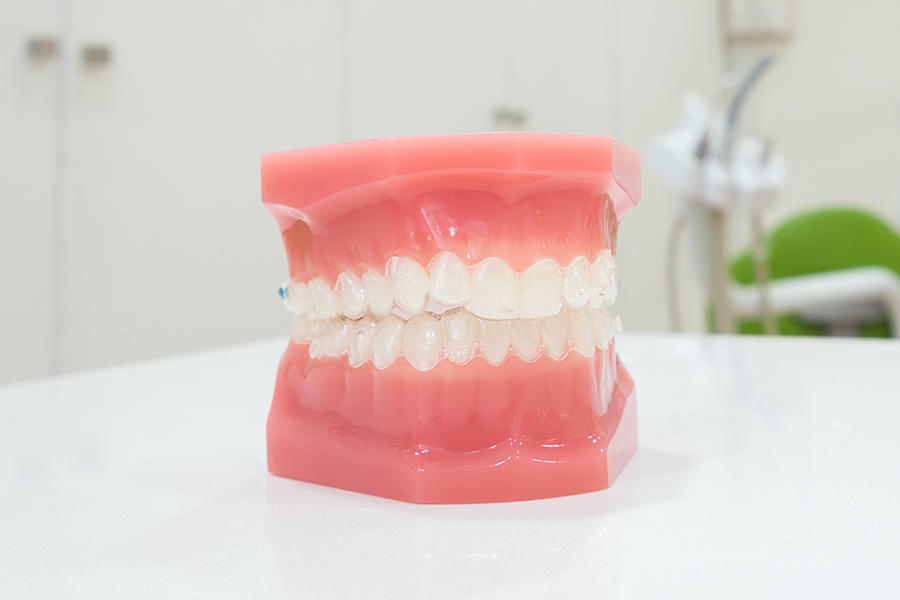Living With Urinary Incontinence

Urinary incontinence is a common issue—but that makes it no less embarrassing or inconvenient for the more than 10 million Americans dealing with it. Neurological problems, obesity, diabetes, childbirth and pregnancy, menopause, prostate issues, and even the simple act of getting older can all make it more likely that a type of urinary incontinence may manifest.
Here is a look at living with urinary incontinence.
Seeing a Doctor
Urinary incontinence is often underdiagnosed, although this may largely be because so few people are willing to discuss such a delicate problem with health care providers. If you know something is amiss with your urination habits, make an appointment to get a proper diagnosis and the best treatment options for you. Your doctor can’t help if they don’t know it’s a problem. It may help your diagnosis to keep a bladder diary, outlining how often you go, how much you go, and any episodes of urgency or leaking.
Treatment for Urinary Incontinence
If it feels like panty liners and adult diapers are your only option, remember that’s simply not true. Anticholinergic medications are available to help overactive bladders, while medications like mirabegron are available for controlling urge incontinence. Alpha blockers may be effective for men trying to manage urinary incontinence, while topical estrogen has been found effective for women.
Additionally, there are several behavioral exercises and other techniques that may help you regain control over your bladder. Pelvic floor exercises (such as Kegel exercises) can be helpful in regaining strength for weak bladder muscles. Other recommended techniques include:
- Bladder training: Holding urine for periodically longer stints to increase control
- Double voiding: Going to the bathroom twice in a row over the course of a few minutes to ensure maximum emptiness
- Scheduled toilet trips: Instead of waiting for the urge, go to the bathroom on a regular schedule before the need strikes.








